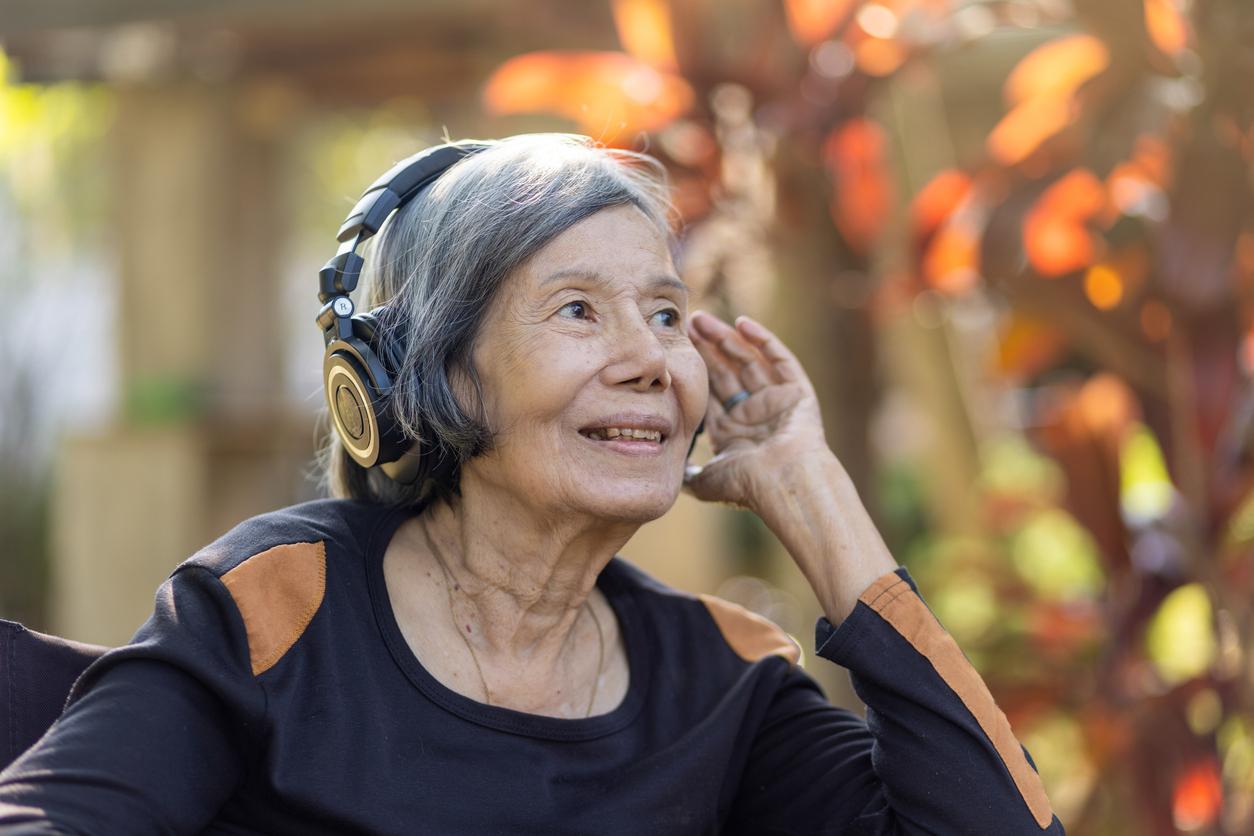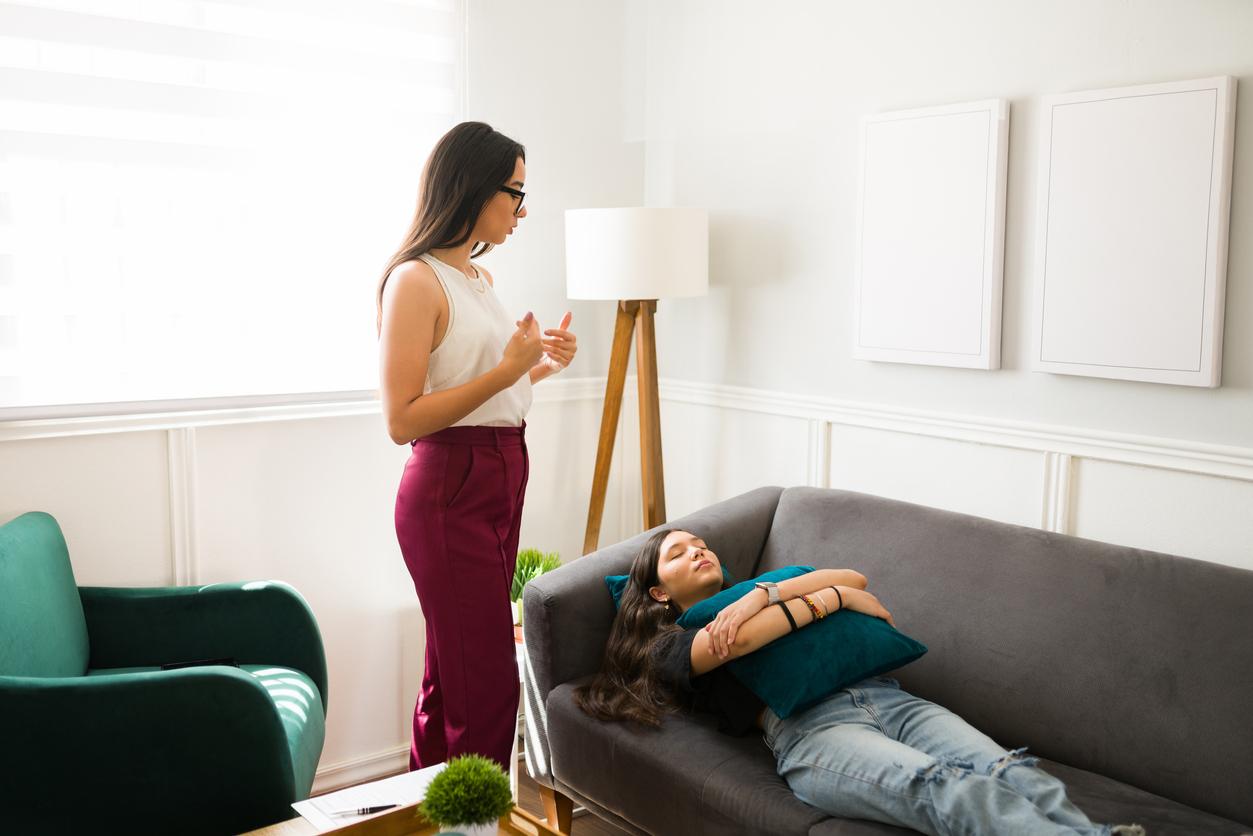
Edema: fluid retention
Do you suffer from swollen hands, ankles and feet? Or is there moisture in other places where it shouldn’t? Then you probably have edema: your body retains fluids, causing accumulations to form. Fortunately, with the right edema therapy, you can alleviate some of the discomfort and pain.
When you have edema, you have accumulations of fluid and protein in one part of your body. Most of the fluid is drained by the blood vessel system and a small part by the lymphatic system. The lymphatic system is mainly responsible for the transport and removal of fluids and proteins, which cannot be absorbed by the blood vessels. This can make the area feel heavy and painful, and sometimes make it even harder to move a certain body part.
Forms of edema
There are different types of edema, each of which has a different cause and therefore requires a different approach:
- congenital lymphedema
- secondary lymphedema (after surgery, radiation, or chemotherapy)
- traumatic edema (after an accident or surgery)
- venous edema (in case of high blood pressure, varicose veins and thrombosis)
- lipedema (fluid accumulation in fat cells)
Treatment: edema therapy
In general, the advice for edema is to live as healthy as possible, where you drink a lot of water, eat healthy, exercise regularly and have little stress. Movement is especially important in edema, because when you tense your muscles, there is a slight pressure on the lymphatic vessels, making them work harder. Nevertheless, in addition to these lifestyle advice, it is also wise to be advised and treated by an edema therapist. They know exactly which form of treatment is suitable for your type of edema, so that you can relieve discomfort and pain. It is possible that the therapist advises a combination of treatment methods, so that specific treatment can be done per complaint.
Here are some possible treatment options:
- manual lymphatic drainage (possibly in combination with cupping)
- lymphapress (a device that consists of a cuff with air chambers for the arm and/or leg and produces pressure waves with a pump)
- compression therapy (bandages or elastic stockings to drain fluids)
- exercise therapy and breathing exercises
- massage techniques for the treatment of scars (including cupping and deep tissue massage)
- lymph taping (with elastic medical tape)
- deep oscillation (a device that works with a deep electrostatic vibration at the cell level)
Manual lymphatic drainage and cupping
The best known and most widely used treatment method is manual lymphatic drainage. Lymphatic drainage is a gentle, relaxing massage technique that stimulates the movement of lymphatic fluid, reducing edema. In addition, the places with hardening, also called fibrosis areas, soften.
Cupping is a suction technique in which silicone cups are used that draw a vacuum on your skin. This method is often given in combination with manual lymphatic drainage. Cupping releases waste products that can then be removed through the drainage. You can have cupping performed by both an edema and skin therapist. For edema therapy you do need a referral from your general practitioner or medical specialist. Also in the case of cupping as part of the edema treatment, check with your health insurer whether you are entitled to reimbursement.
Sources):















